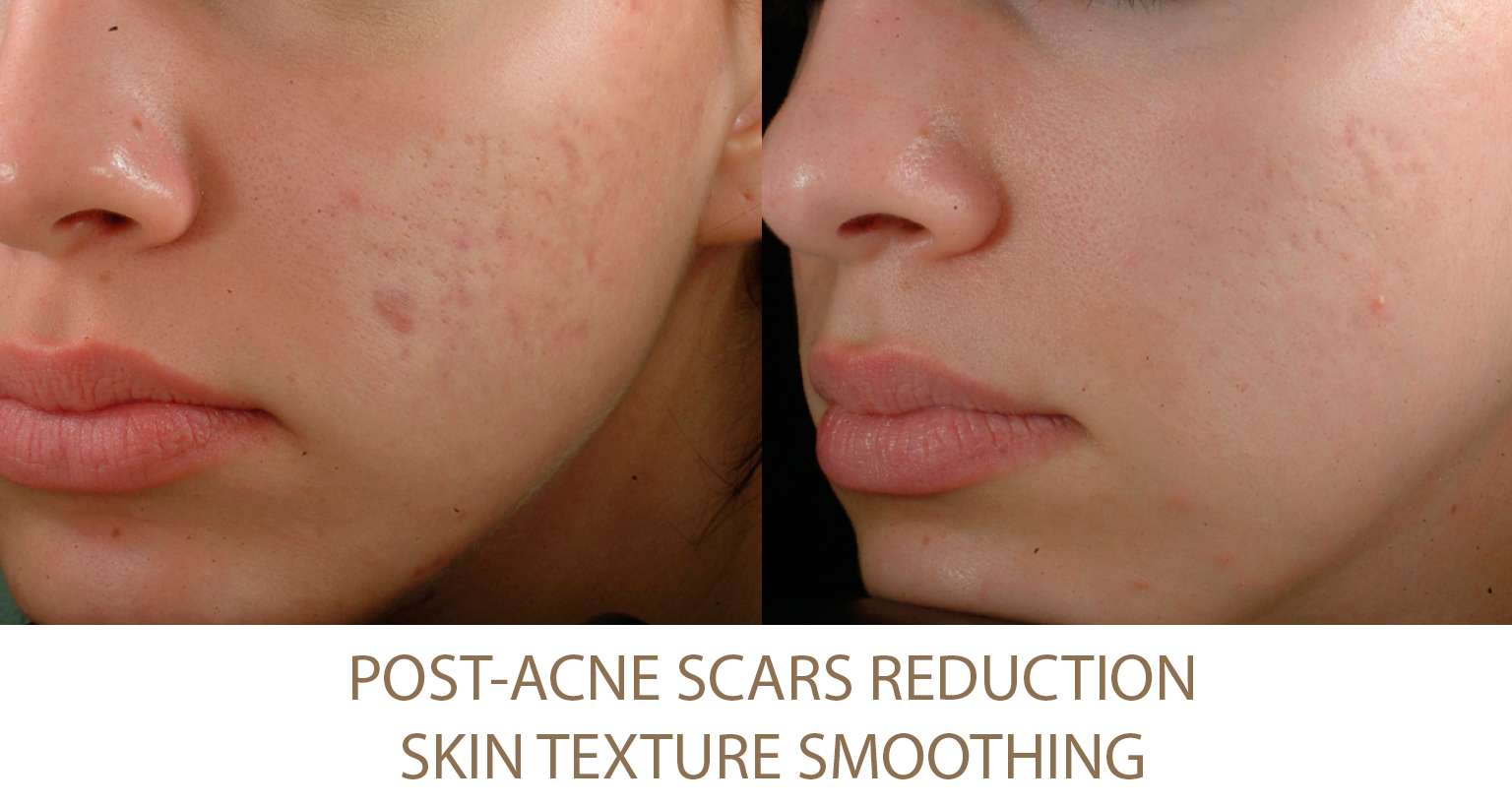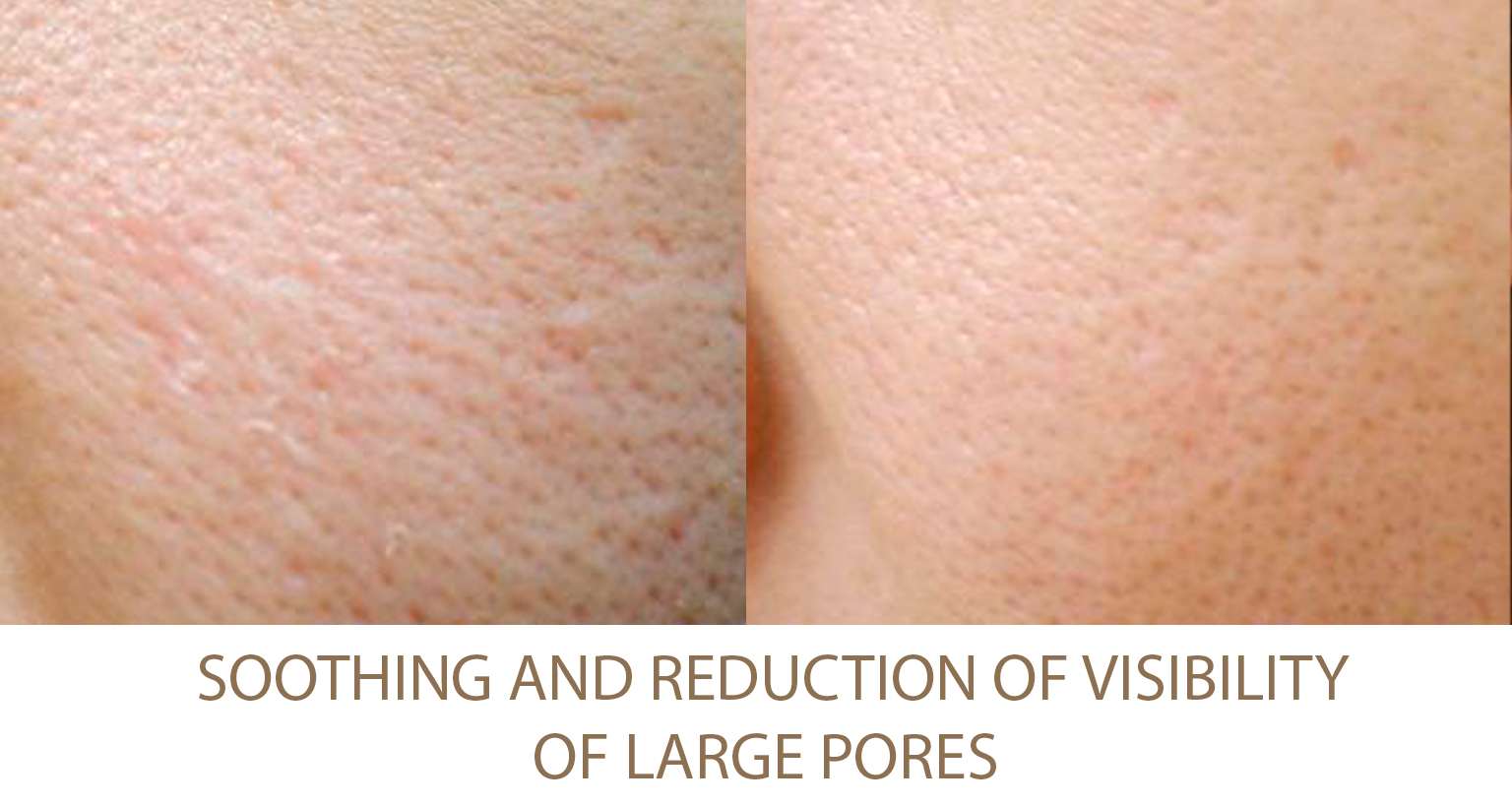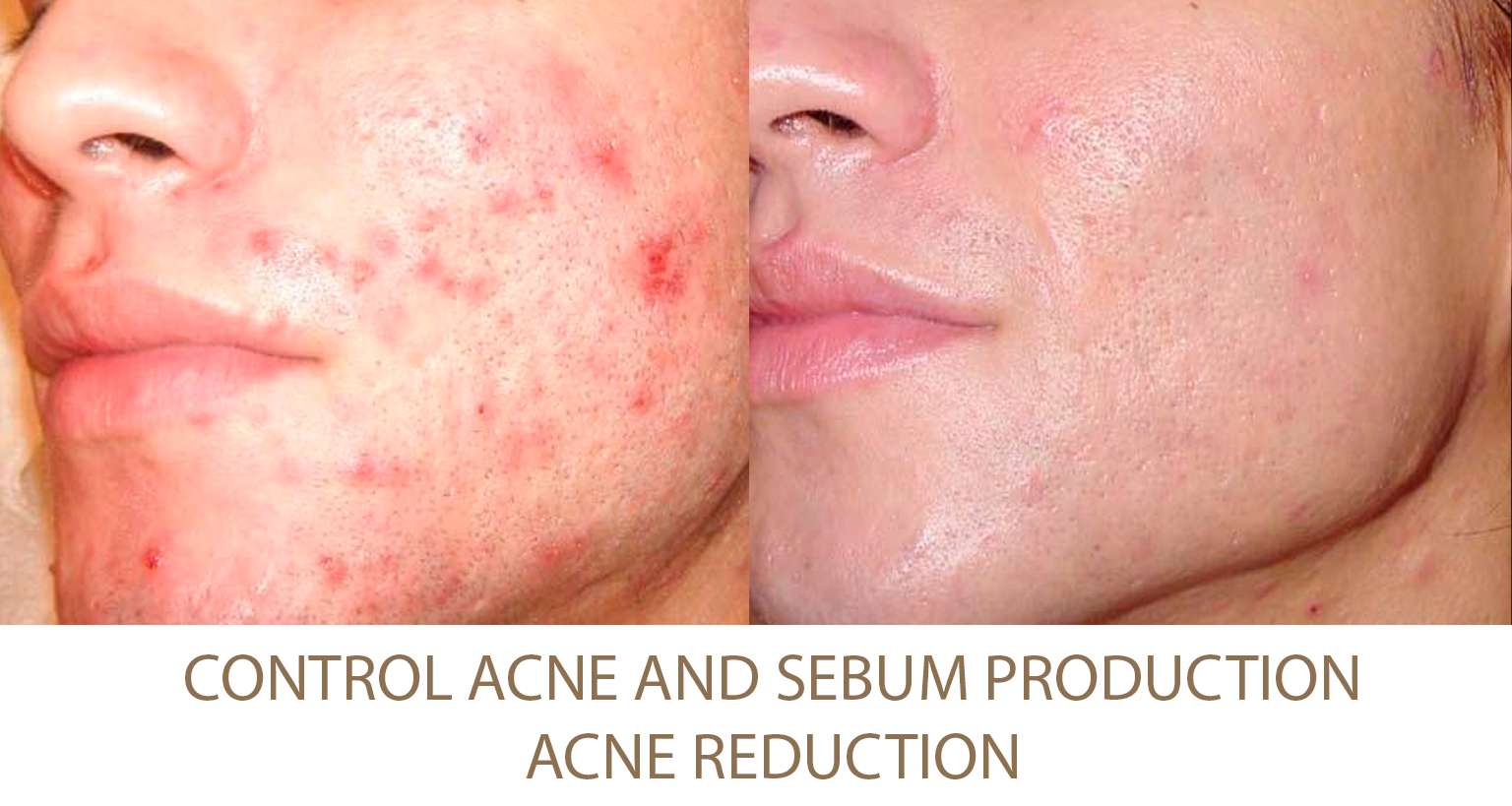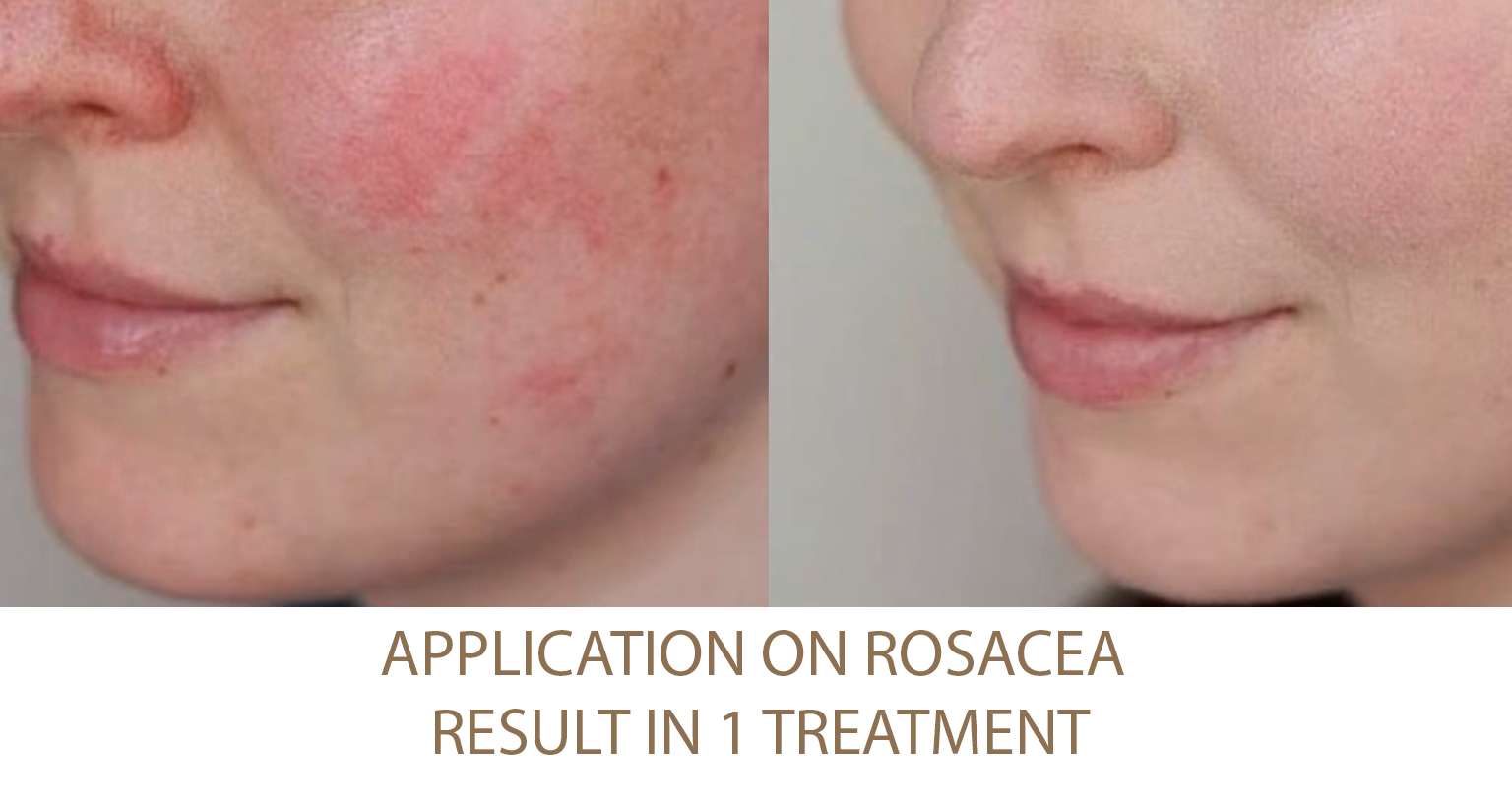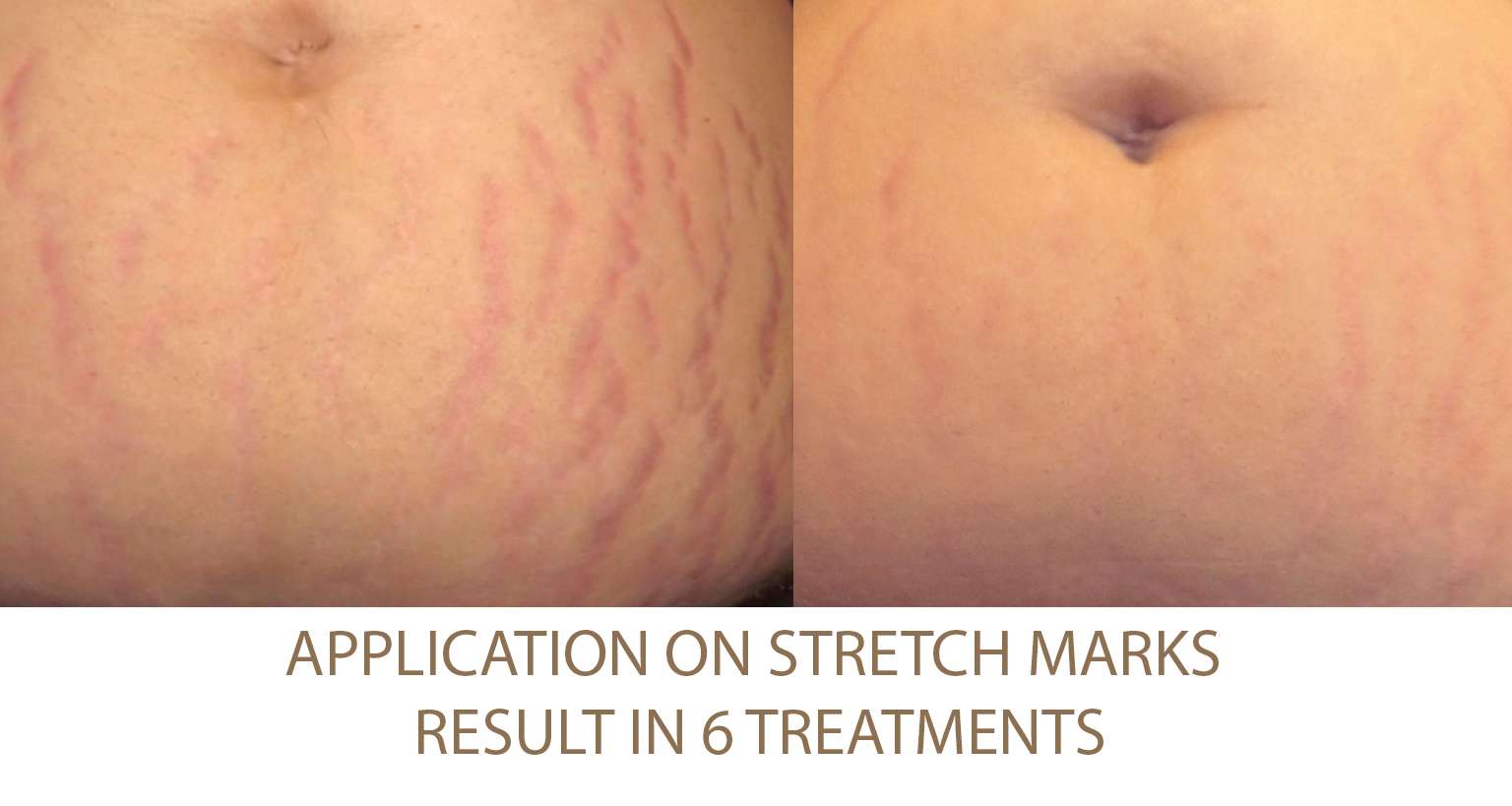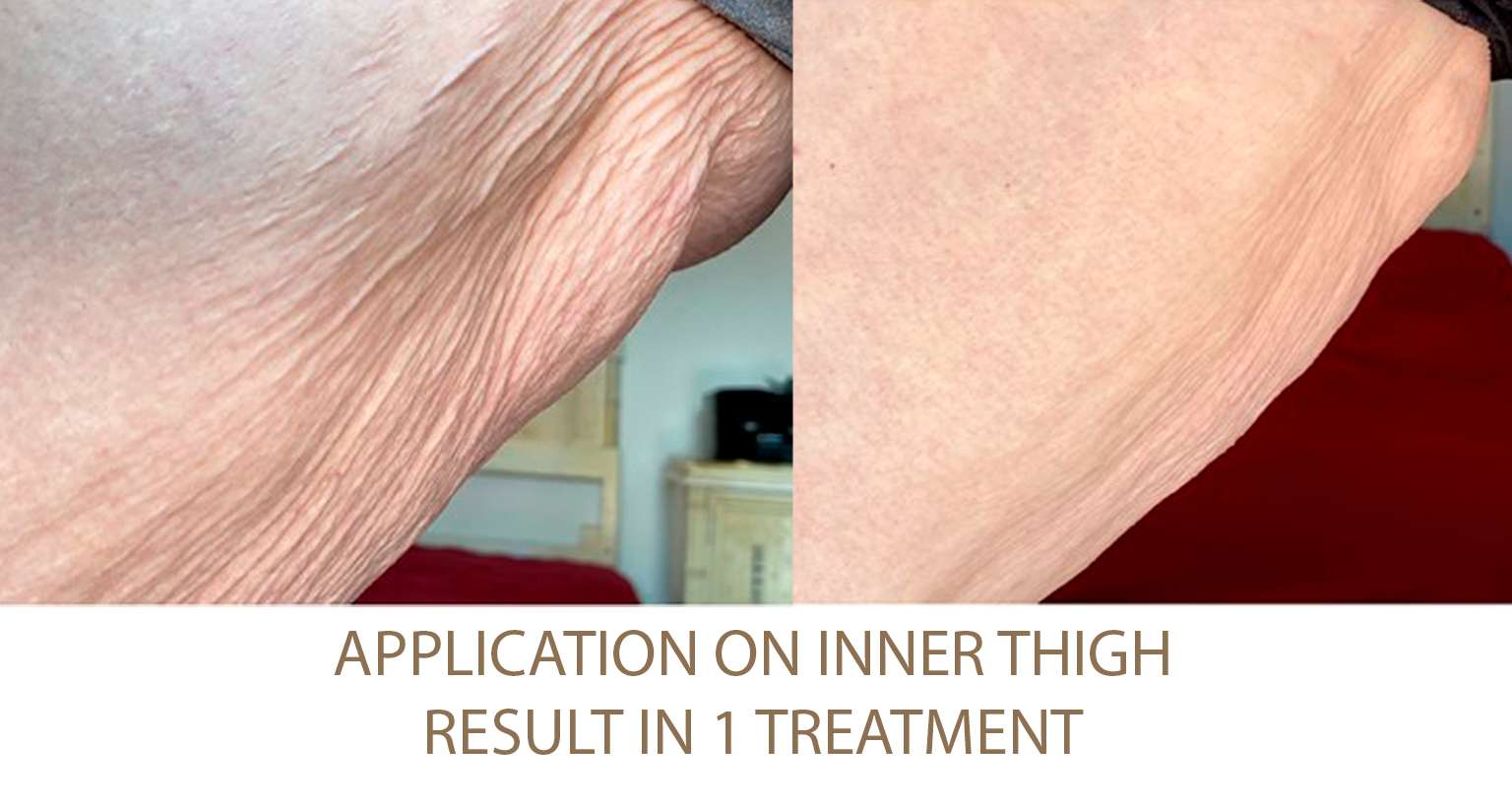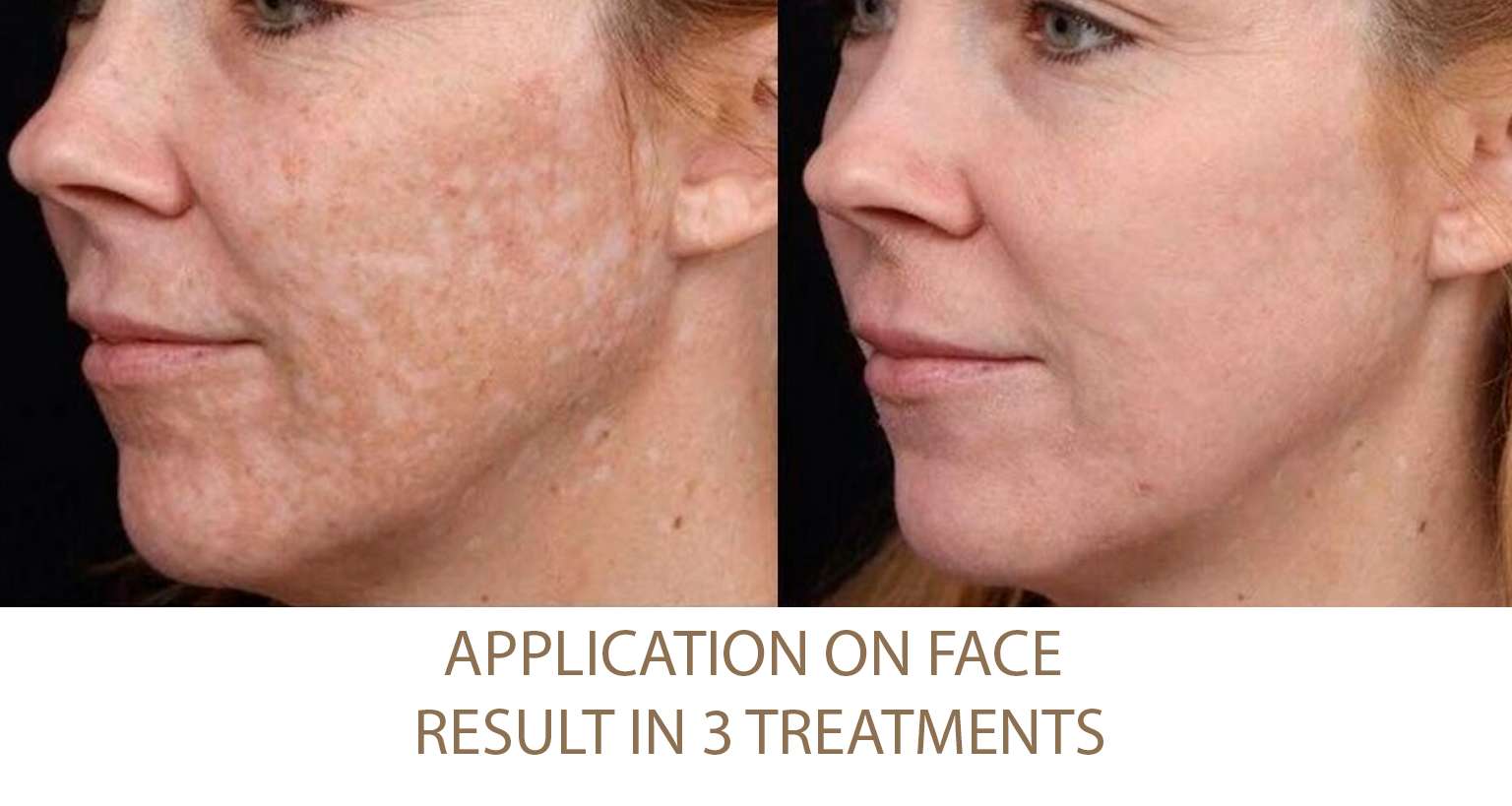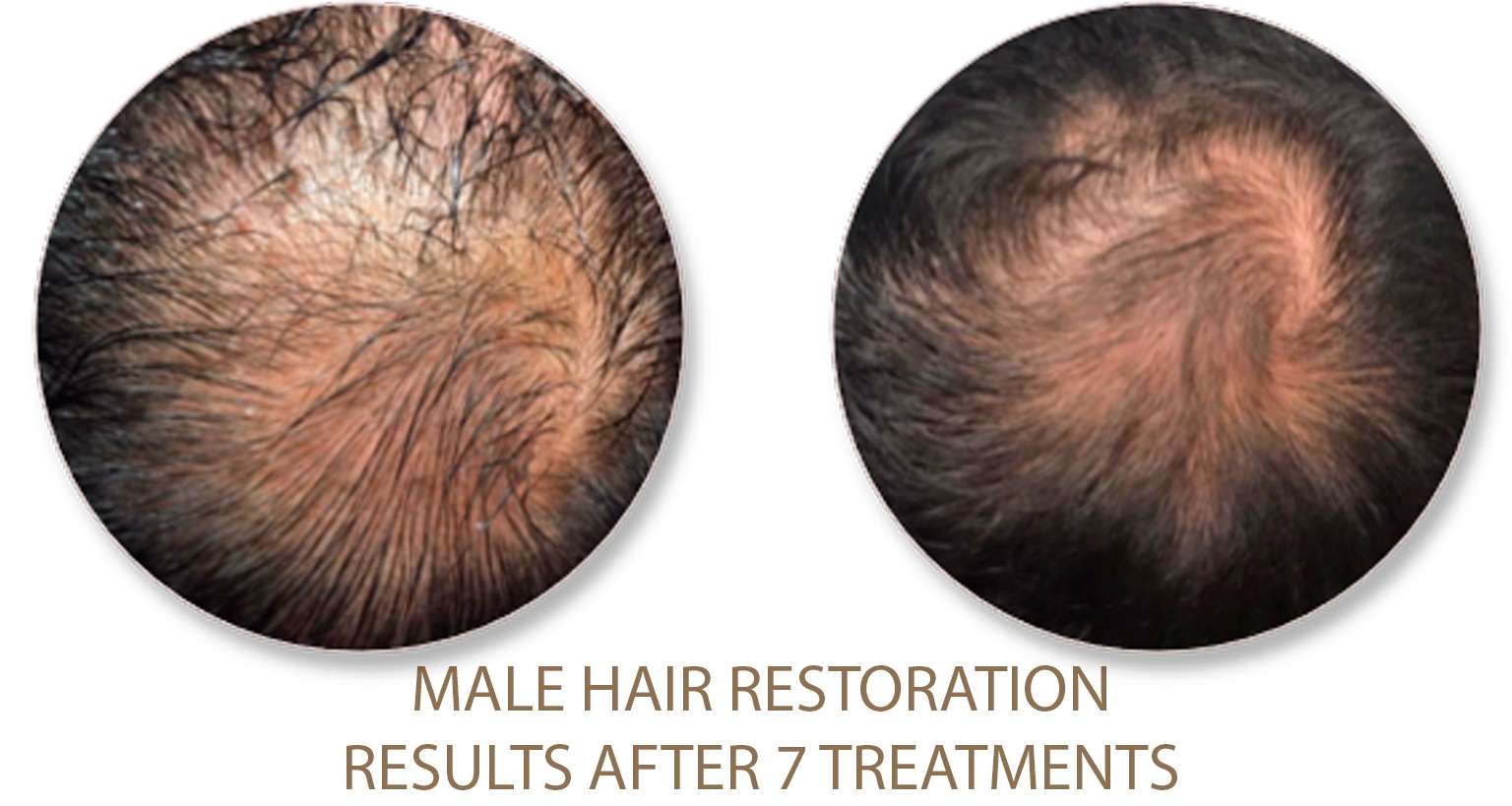Cellulite
Can affect individuals at a healthy body Weight and body fat level.
Cellulite is a condition where the subcutaneous fat cells push through the connective tissue of the skin, causing dimpling.
What is Cellulite?
Cellulite is a common cosmetic skin condition that results in the appearance of dimpled or lumpy skin, often described as having an “orange peel” or “cottage cheese” texture. It mainly affects the thighs, buttocks, hips, and abdomen but can also occur on other body areas. Cellulite is more prevalent in women than in men and tends to be more noticeable after puberty.
The condition occurs when subcutaneous fat (fat located just beneath the skin) pushes through the connective tissue, which connects the skin to the underlying muscle. The structure of the connective tissue is different in men and women, which is one reason why cellulite is more common in females. In women, the connective tissue forms vertical bands, whereas in men, it forms a criss-cross pattern, making it less likely for fat to push through and create cellulite.

Treatments for Cellulite:
What causes Cellulite?
Cellulite is a common skin condition that affects many people, particularly women. It is characterized by the appearance of dimpled or lumpy skin, usually on the thighs, buttocks, hips, and abdomen. Cellulite is caused by a combination of factors:
Fat accumulation: Cellulite occurs when fat deposits push through the connective tissue beneath the skin. The structure of the connective tissue can determine how visible the cellulite is, as it allows the fat to bulge and create the characteristic dimples.
Hormonal factors: Hormones play a significant role in the development of cellulite. Estrogen, insulin, thyroid hormones, and prolactin are believed to be involved. These hormones can influence fat storage and circulation, affecting the appearance of cellulite.
Genetics: Genetics may play a role in determining how susceptible an individual is to cellulite. If your parents or close family members have cellulite, you may be more likely to develop it as well.
Poor diet: A diet high in unhealthy fats, carbohydrates, and low in fiber can contribute to cellulite formation. Additionally, excessive calorie intake leading to weight gain can worsen the appearance of cellulite.
Lack of physical activity: A sedentary lifestyle can contribute to cellulite development. Regular exercise helps to improve blood circulation and reduce fat accumulation.
Age and skin elasticity: As you age, your skin may lose some of its elasticity, making cellulite more apparent. The connective tissue may also weaken, allowing fat to push through more easily.
Poor blood circulation: Reduced blood flow to certain areas of the body may contribute to the formation of cellulite.
Testimonials
What Our Clients Say:
















